
Edible Landscape Insights
Consider This Before Using Edibles in a Front-Yard Landscape
Here are some considerations if your customers plan to incorporate edibles in a front-yard landscape design.
- Are there any bylaws or HOA rules that could hinder any plans? Edibles may not be allowed.
- Be aware of underground utility lines if the homeowner intends to dig out new beds. Many municipalities have a call-before-you-dig service that will flag pipeline placements.
- Will your new garden affect grading or sloping angles? Be mindful of runoffs for rainwater and irrigation.
It may not seem surprising to people in the horticulture industry (because we’re already major plant lovers), but one of the few positive outcomes of the stay-at-home orders of 2020 has been the renewed and new-found interest in gardening — specifically growing your own food at home. It’s estimated as many as 20 million new “gardeners” were created in the time of pandemic, and their rising demand for plants, seeds and supplies has thrown many garden retailers and vendors for a loop.
However, one of the key differences in this new batch of consumers is that their approach to traditional garden layout and design may diverge from the established garden mindset. They have no preconceived notions — whether from a place of little knowledge base or a state of over enthusiasm. Rather, they are willing to break some “rules” to meet their needs.
This is where the edible landscape trend can really take off! With new gardeners growing their own food, it doesn’t take a large leap for them to incorporate non-edibles, too. They can dress up a vegetable garden with flowers, or blend in their edibles among foundational plantings around their dwelling.
Here are some concepts and insights from the experts at Ball Horticultural Co. to help you cultivate these new gardening trends.
Plants with Purpose
Pandemic aside, the movement toward plants with a purpose has been swelling for a while, and breeders have taken note over the years.
“There’s been a swing toward choosing plants that are more than just pretty. The consumer is asking what they can DO for me besides just cause more work?” says Claire Josephson, product marketing manager for seed breeder PanAmerican Seed. “That could mean a multi-purpose plant that’s edible as well as ornamental, or it could be a useful flower or herb that offers medicinal properties or an answer to craft and DIY projects.”
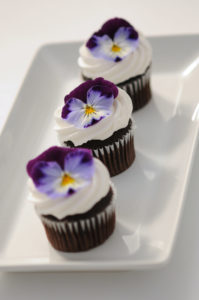
There are several edible flowers that can be used in the garden, including a staple for spring beds: Pansies. When PanAmerican Seed launched its Cool Wave Pansies series, part of its debut included showcasing pansy flowers in plated salads, cocktails, baked goods and other non-ornamental uses. Several DIY videos and craft projects also were promoted on social media to show the useful side of this pretty cool-season flower.
“We’ve seen the growth in mixing flowers and vegetables in the home garden — both front and back yards,” says Josephson. “And through our plant trials, if our experts can call out compatibility between flowers and vegetables, they will.”
There are a few mixed container recipes shared by PanAmerican Seed’s Plug & Play Combos program. Mixes like ‘Cantina Heat’, which uses peppers, petunias and marigolds in a 12-inch container, or ‘Lunch Date’ blending an eggplant, basil and marigold.
Maxing out the Vegetable Patch
If we’re discussing using vegetables as beautiful, textural elements in the garden, several vegetable classes can produce opportunities for high-end design. The team behind the HandPicked Vegetables Collection selects for specific characteristics to make their varieties stand out.
“Our assortment is bred for fresh, home-grown flavor with earlier and longer harvests,” says Josh Kirschenbaum, sales account manager for the HandPicked Vegetables Collection. “We also select for manageable habits to fit smaller growing spaces. This is helpful for gardeners looking to fill in gaps with vegetables into current floral landscapes.”
The lists below showcase herbs and veggies that not only taste great, but have appealing design uses, too.
Herbs
- Rosemary — Winter hardy through Zone 6; can harvest year-round. The bushy, spruce-like appearance can rival small evergreens. Great for baking, cocktails and cooking.
- Lemon Thyme — Plant in walkways and among rock gardens or retaining walls. It’s also pollinator friendly and fragrant.
- Basil ‘Everleaf Emerald Towers’ — A new late-flowering Genovese basil from seed. Its habit is more structural in a columnar shape, great for establishing annual borders.
- Sage — This shrub-like perennial can grow to 2 feet and is filled with aromatic, silver-green foliage. It gets flowers in May and attracts pollinators, too.
- Lavender — Aromatic and oh-so useful, you can plant hardy English lavender in cooler climates and Spanish lavender for coastal regions. The “lavender lifestyle” is real and new gardeners are into it.
Fruit and Veggies
- Eggplant ‘Patio Baby’ — An award winner! This medium-vigor plant is great for accent containers. The plant is spineless for easy harvesting and you get a high yield of grilling-size fruit with dark-purple skin.
- Jalapeno Pepper ‘Pot-a-peno’ — A recent AAS Regional award winner. Its cascading pepper habit is great for baskets, vertical gardening or walls. It has a dense canopy of small, dark green leaves with early-maturing fruit — perfect for the impatient foodie gardener!
- Lettuce and Kale — Edible greens grow easily with a cut-and-come-again usage. They could be used as filler, like a coleus or coral bells. They can also take some shade in warmer climates. Kale and its cooler-weather companion, cabbage, also pairs well with fall mums.
- Strawberries — The plant runners can fill in spaces or spill over retaining walls. Pairs well with lettuce.
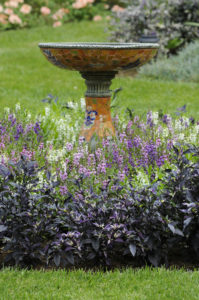
plant architecture.
Ornamental Only
There are some other choices that offer that edible look and garden interest, without the hassle of harvesting or prepping. For an even lower-maintenance edible landscape, take a look at these options.
- ‘Mini Mint’ — A Corsican mint that fills in very fast as a fragrant lawn replacement. Its leaves are non-toxic, but do not have a palatable flavor. Best for fragrant walkways but not eating.
- ‘Kirigami’ Ornamental Oregano — This is a non-culinary oregano that is heat- and drought-tolerant. It has a nice, springy texture to its foliage. The soft purpling softens a monochromatic green herb garden, or spills out of mixed containers or hanging baskets.
- Ornamental Peppers — The list is almost endless for ornamental peppers. Some eye-catching ones include ‘Chilly Chili’, which has F1 vigor and is child-safe and non-pungent. Its fruit matures yellow-green to orange to dark red fruit color all the way through fall. ‘Hot Pops Purple’ pumps up the Autumn landscape in multiple colors and small, round fruit. ‘Calico’ has strongly variegated foliage of purple, cream and green and is extremely heat tolerant; its dark-red fruit is hot! ‘Purple Flash’ has striking leaf coloration and interesting plant architecture. It thrives through tough conditions and the glossy black fruit creates garden interest. ‘Black Pearl’ is a staple with black-tinted leaves for added drama in the landscape. Fruit ripens from glossy black to dark red and is hot!
New Breeding Goals
Aiding the excitement for edible plants in landscape applications is the ongoing breeding efforts of plant developers. If plants can’t be easy to grow or maintain, the new gardener will find other ways to spend their dollars.
“Plant breeding and development has evolved over the last several years to focus on the needs of the landscape market,” says Jeff Gibson, landscape business manager for Ball Horticultural. “A major emphasis on the importance of trialing new varieties helps determine their durability and longevity in today’s landscape designs.”
One company capitalizing on foundational edible landscape design is Star Roses and Plants. Their Bushel and Berry collection is completely changing the way gardeners think about berry plants. The new varieties are beautiful and full of texture, plus they produce delicious, edible fruit. They’re also compact, so this meets the needs of small-space gardeners, too.

New ‘BerryBux’ looks like a boxwood, but has the bonus of edible blueberries. It has boxwood-like foliage and a manageable habit making it perfect for planting as a hedge or in mass in the garden. The plants produce white flowers that ripen into a dramatic display of wild and aromatic tasting berries. An additional plus? The plants require very little pruning for easy maintenance and are hardy in Zones 5-8.
Harnessing the excitement of 20 million new gardeners means re-thinking the way we position vegetables, herbs and edible ornamentals. Help your shoppers see that rule-breaking is allowed — and encouraged — with these choices from the experts.

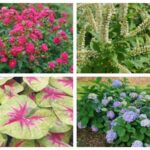
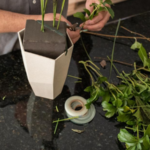




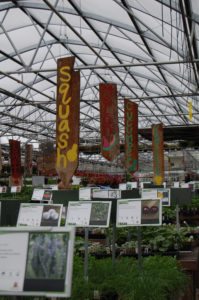

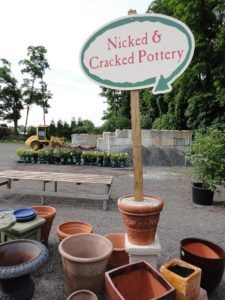
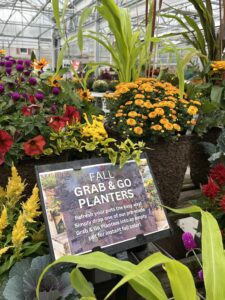
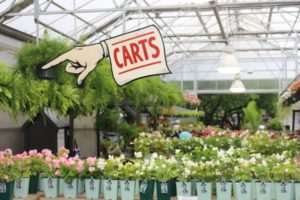
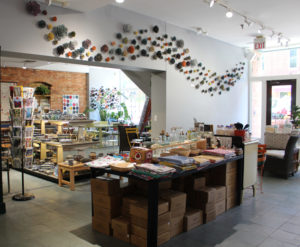


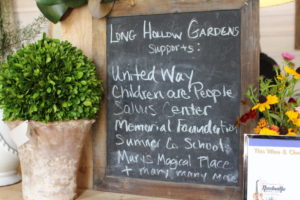

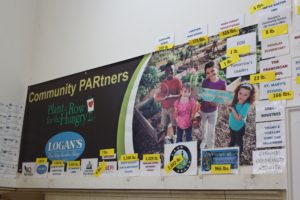
 Videos
Videos





